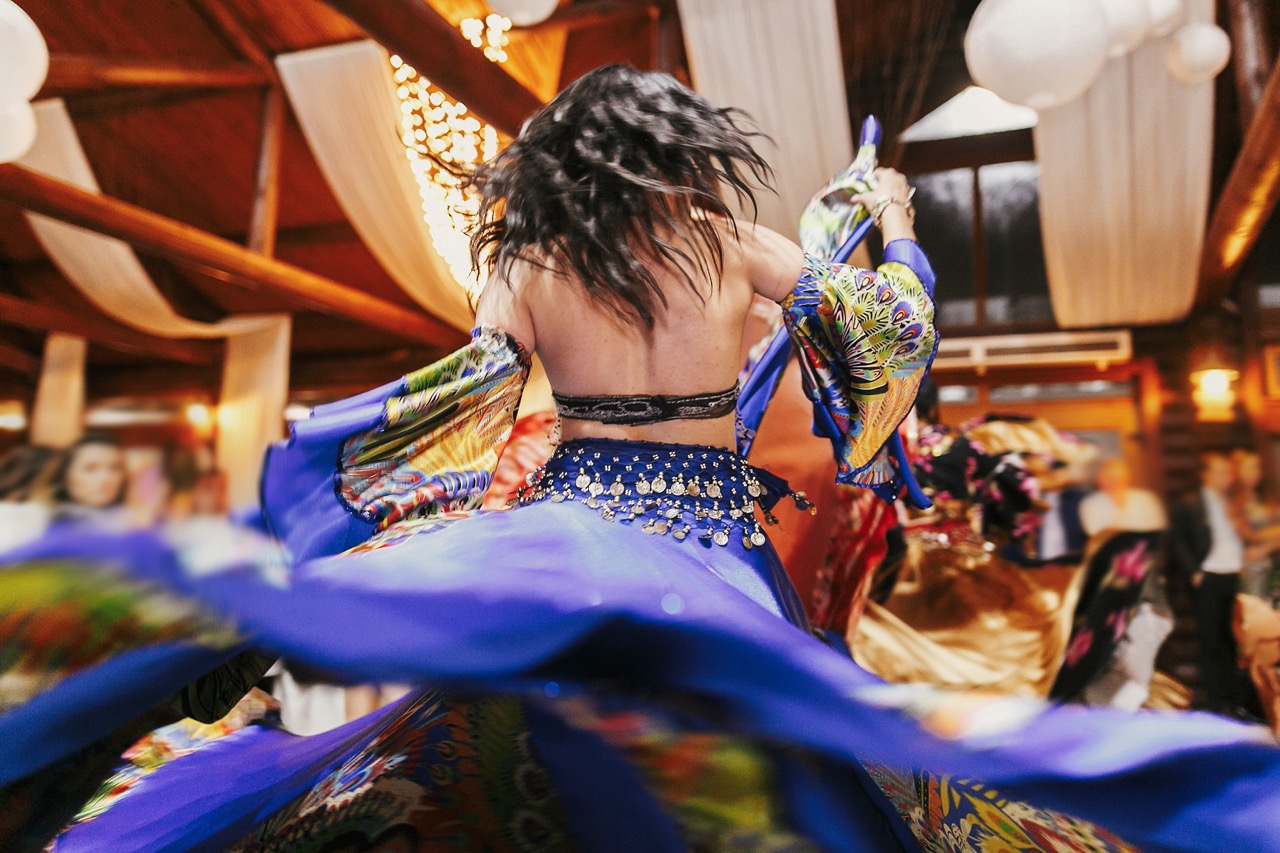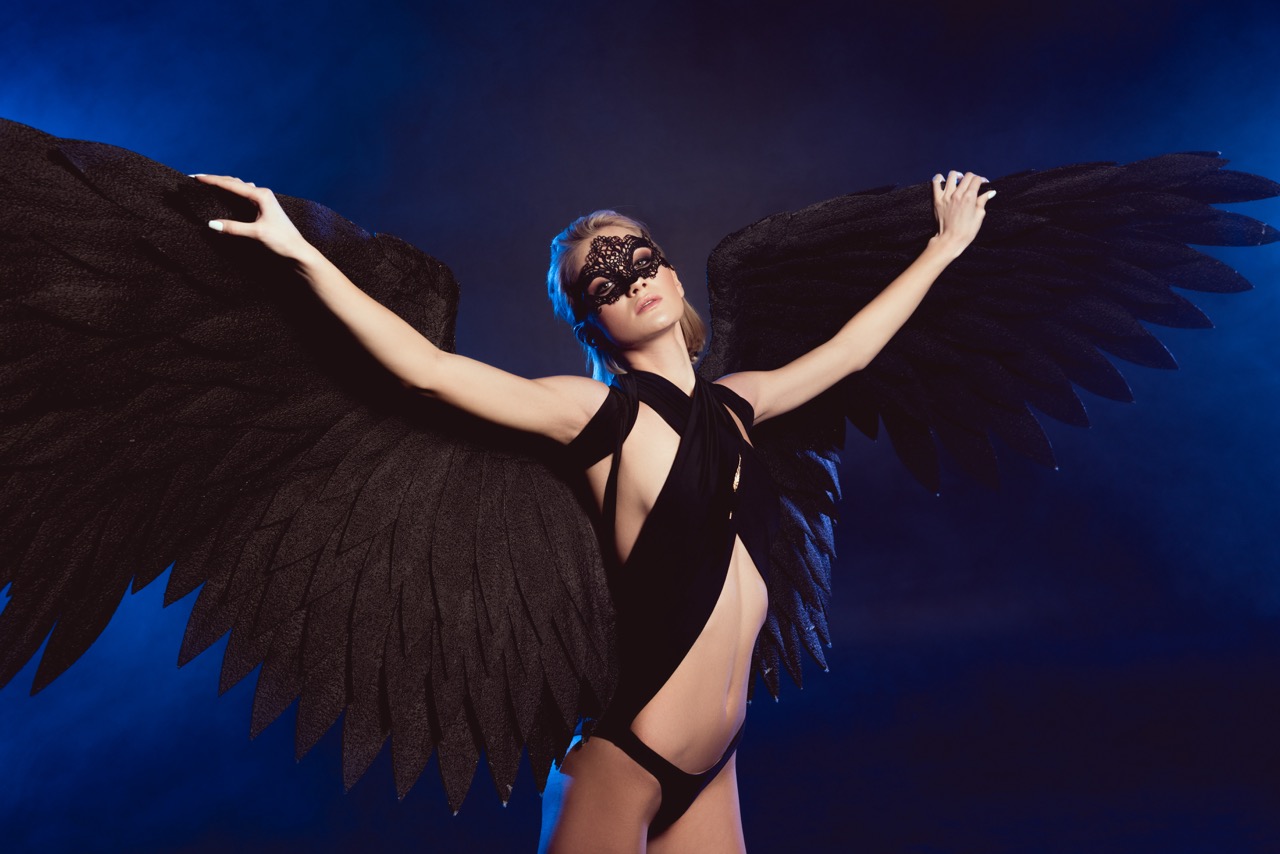In the enchanting world of dance, where elegance meets energy, the design of costumes plays a crucial role in defining a performer’s expression and presence. Among these garments, dance wings stand out as both a visual spectacle and a functional accessory that can elevate a performance to new heights. The importance of proportions in dance wing design cannot be overstated, as they significantly impact the overall aesthetic, movement quality, and audience perception. This article delves into the intricate relationship between proportions and dance wings, exploring how balance, harmony, and visual impact come together in this unique artistic expression.
The Art of Balance: Why Proportions Matter in Dance Wings
Proportions in dance wing design are essential for achieving a harmonious balance that enhances the dancer’s silhouette. When wings are too large or too small in relation to a dancer’s body, they can disrupt the visual flow, drawing attention away from the performer’s movements. A well-measured wing reflects the body’s natural lines, creating a cohesive look that resonates with the audience. The balance between the dancer’s form and the wings creates an alluring visual that captivates onlookers and enhances the storytelling aspect of the performance.
Moreover, careful consideration of proportions ensures that dance wings are not just aesthetically pleasing but also practical. Wings need to allow for free movement without hindrance, which can be compromised if their size or shape is not proportionate to the dancer’s frame. For instance, wings that are too heavy or unwieldy can impact a dancer’s ability to execute intricate choreography, leading to a performance that feels disjointed or clumsy. Thus, striking the right balance in size and weight is crucial for both artistic expression and functional performance.
Finally, the art of balance in dance wing design extends beyond physical proportions; it also involves emotional resonance. A well-proportioned wing can evoke specific emotions or themes that align with the performance’s narrative. Designers must consider how the proportions relate to the intended message, as the visual balance can amplify the emotional experience for the audience. In this way, proportions serve as a bridge between the dancer’s expression and the audience’s perception, creating an immersive experience that lingers long after the performance ends.
Harmonizing Form and Function: A Designer’s Perspective
From a designer’s viewpoint, the challenge of creating dance wings is to harmonize artistic form with practical function. The proportions of the wings dictate not only their appearance but also how they interact with the dancer’s movements. A designer must carefully consider how the wings will respond to various techniques, spins, and jumps, ensuring that they enhance rather than obstruct the dancer’s natural flow. This balance is key to crafting a design that feels organic and fluid, allowing the dancer to embody the wings as an extension of their own body.
The choice of materials also plays a pivotal role in achieving the right proportions. Lightweight fabrics can create an airy feel that complements the dancer’s movements, while heavier materials can provide a more dramatic presence. Designers must evaluate how the weight and drape of the fabric will affect the wings’ proportions, as this directly influences the overall impact of the performance. A well-balanced combination of form and function can make a design not only beautiful but also effective in conveying the desired message.
Collaboration between designers and dancers is essential in this process. With input from performers, designers can adjust proportions to match the technical demands of specific choreography. This partnership fosters an environment where creativity flourishes, as dancers provide insights on how wings can be optimized for movement. Involving dancers in the design process ensures that the final product not only looks stunning but also serves its purpose, embodying the ideals of harmony and functionality.
Elevating Performance: How Proportions Enhance Movement
Proportional design significantly enhances a dancer’s ability to perform intricate movements effectively. Well-proportioned wings that align with the dancer’s body can create a seamless extension that amplifies the beauty of each gesture. For instance, when wings are designed to flutter gracefully in accordance with the dancer’s motion, they can create an enchanting visual display that captivates the audience. This delicate synchronization between body and wings can elevate the performance, ensuring that every movement is articulated with elegance and flair.
Furthermore, the psychological impact of proportions cannot be overlooked. Dancers often feel more confident and empowered when their wings are well-proportioned, leading to a more dynamic performance. The knowledge that their costume enhances rather than restricts their movements allows dancers to express themselves freely, maximizing their stage presence. This boost in confidence translates into more engaging performances, as dancers are able to connect with their audience on a deeper level.
Finally, proportions give wings the ability to transform the atmosphere of a performance. The way wings are designed can evoke a sense of weightlessness, dreaminess, or even ethereality, all of which impact how the audience perceives the performance. Whether it’s through sweeping motions that create dramatic visuals or subtle fluttering that adds an element of grace, the mastery of proportions in dance wings can have an extraordinary effect on the overall narrative of the piece, elevating it to an art form that transcends mere movement.
Crafting Visual Impact: The Role of Proportions in Design
The visual impact of dance wings is largely determined by their proportions, which dictate how they appear from various angles and distances. Well-proportioned wings can create striking shapes that frame the dancer, drawing the audience’s attention to their performance while adding depth and dimension to the overall visual composition. This dynamic interplay between wings and the dancer’s movements can transform a simple performance into a breathtaking spectacle, as the wings can appear to dance in concert with the performer.
In addition to enhancing the visual appeal, proportions also contribute to thematic expression within the choreography. Designers can manipulate proportions to signify different emotions or concepts, such as using wider wings to convey freedom or smaller, tighter wings to express restraint. This thoughtful approach allows for a richer storytelling experience, as the audience can interpret the visual elements in relation to the dancer’s narrative. The impact of proportions, therefore, extends beyond aesthetics, influencing the emotional journey of both the performer and the audience.
Ultimately, the role of proportions in dance wing design is about creating a memorable visual experience that resonates long after the performance ends. By paying attention to the subtleties of proportions, designers can craft wings that not only enhance the dancer’s movements but also embody the spirit of the performance. The visual impact of well-designed dance wings is a testament to the power of proportions, highlighting their significance in the realm of dance and performance art.
In conclusion, the importance of proportions in dance wing design cannot be overstated. They serve as the foundation for balance, functionality, and visual impact, enriching the dancer’s performance while enhancing the audience’s experience. As designers and dancers work together to master the art of proportions, they breathe life into each performance, creating a captivating dialogue between movement and design. Ultimately, well-proportioned dance wings are not just accessories; they are integral elements that elevate the art of dance to a transformative level, bringing stories to life in the most enchanting ways.










